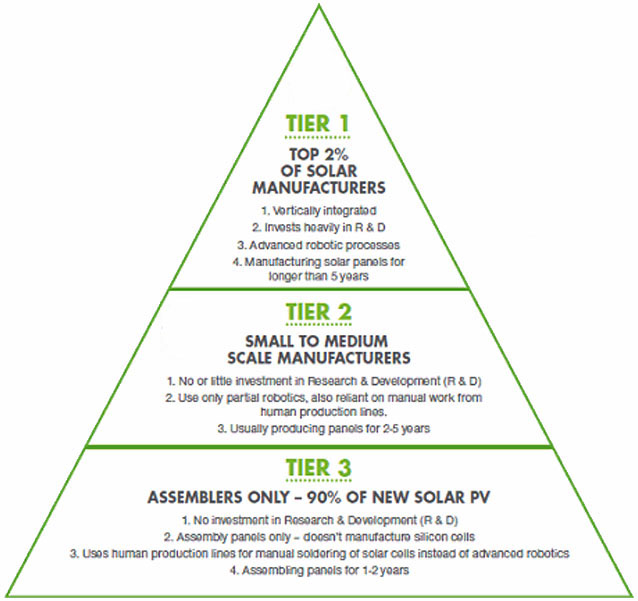Solar panel & Battery Specialist


SOLAR PANELS
Trusted tier-1 manufacturers


Solar Panels
Solar Plant has partnered with the most reputable solar PV manufacturers in the world to offer you the best solar panels on the market. We have selected high-end PV modules with the best track records to ensure we supply top-quality products to our customers. Whether you are looking to buy solar panels for residential or commercial use, look no further: Solar Plant provides superior solar panels for home and business purposes, sourced from trusted tier-1 manufacturers, as well as premium-brand solar power inverters.
When choosing the solar panels we supply, we take into account a number of criteria, including their aesthetics, performance and warranty terms.
We also look at their resistance to Australia’s harsh weather conditions. Australia is a massive country where different climates coexist, from high heat in the west and centre to lower temperatures in the south-east, and wind & cyclones in the north.
Poly-crystaline

Poly-crystaline Half cut

Mono-crystaline

Mono-crystaline Half cut

Black Mono-crystaline

Thin-Flim (CIGS)

Solar Panel PERFORMANCE
Solar panel efficiency is a measure of the amount of solar energy (irradiation) which falls on a panel surface and is converted into electricity. Due to many recent advances in solar cell technology, the average panel conversion efficiency has increased from 15% to 20%. This large jump in efficiency resulted in the average power of a standard size solar panel to increase from 250W to 330W.
Panel efficiency is determined by two main factors; the photovoltaic (PV) cell efficiency, based on the cell design and silicon type, and the total panel efficiency, based on the cell layout, configuration and panel size.
Factor which affect solar panel efficiency and performance:
- Cell temperature
- Shading
- Panel orientation
- Location (latitude)
- Time of year
- Dust and dirt
Efficiency of different solar PV cell types
- Polycrystalline - 15 to 18%
- Monocrystalline - 16.5 to 19%
- Polycrystalline PERC - 17 to 19.5%
- Monocrystalline PERC - 17.5 to 20%
- Monocrystalline N-type - 19.5 to 20.5%
- Monocrystalline N-type HJC - 19 to 21.7%
- Monocrystalline N-type IBC - 20 to 22.6%

Product Safety & QUALITY CONTROL
On top of excellent energy productivity and the ability to withstand cyclones, solar panels also need to be proven safe. We need to remember that powerful amounts of electricity are being channeled through your solar PV system, so you want to be sure that your panels have been subject to stringent quality control procedures to ensure your safety and that of your home or business.
The Bloomberg New Energy Finance has created a Tier list of solar panel manufacturers to:
- differentiate proven and financially stable manufacturers in the solar industry, giving you peace of mind that your solar module supplier will be around in the future (this is often called “bankability”);
- differentiate manufacturers that own their own production capacity, meaning that they produce all product components themselves;
- differentiate manufacturers that use fully automated production processes, thereby reducing human error and achieving consistently high quality products.








